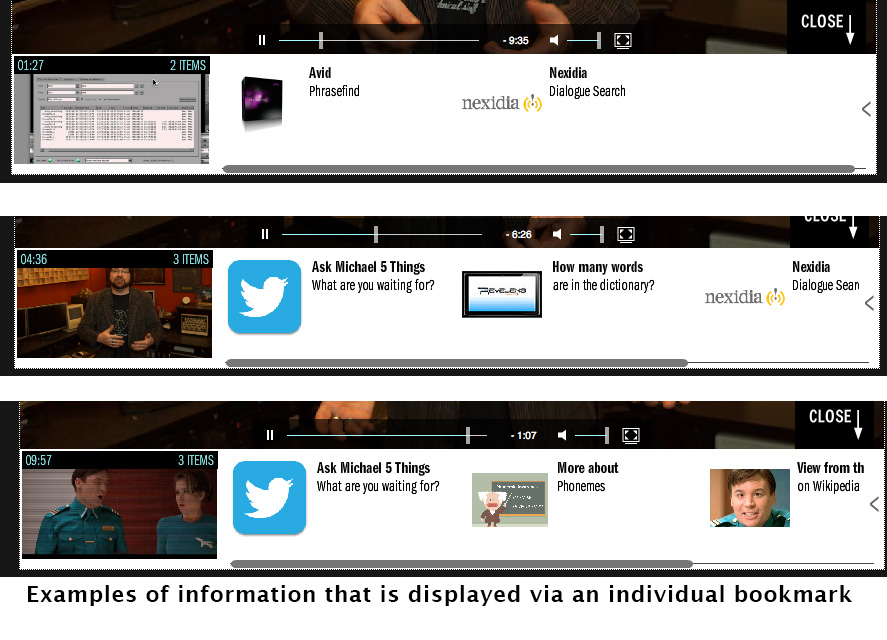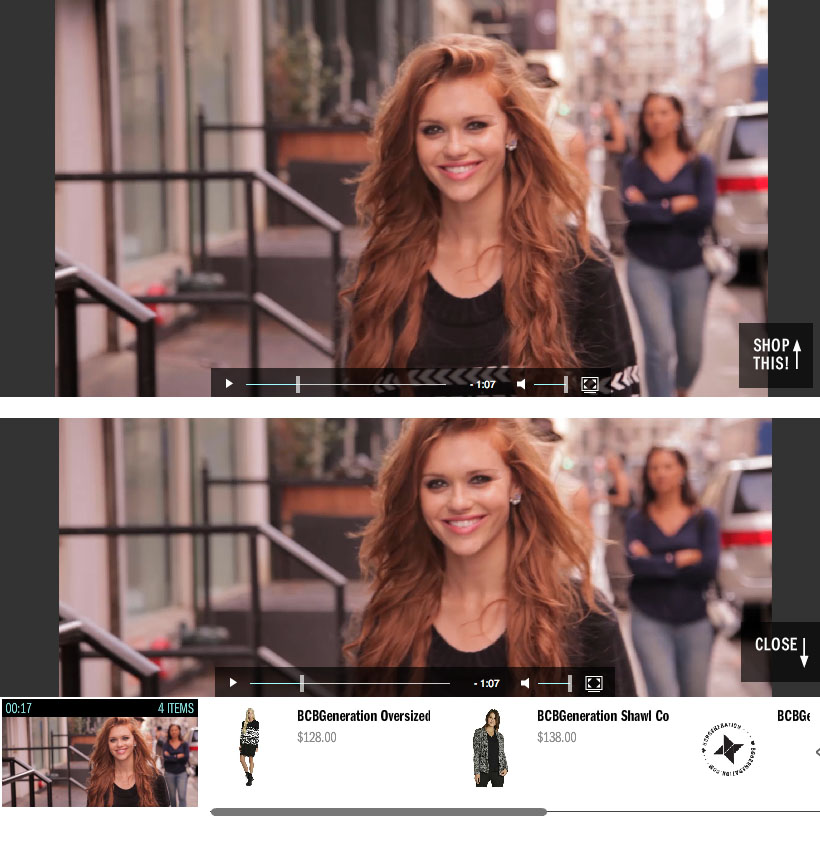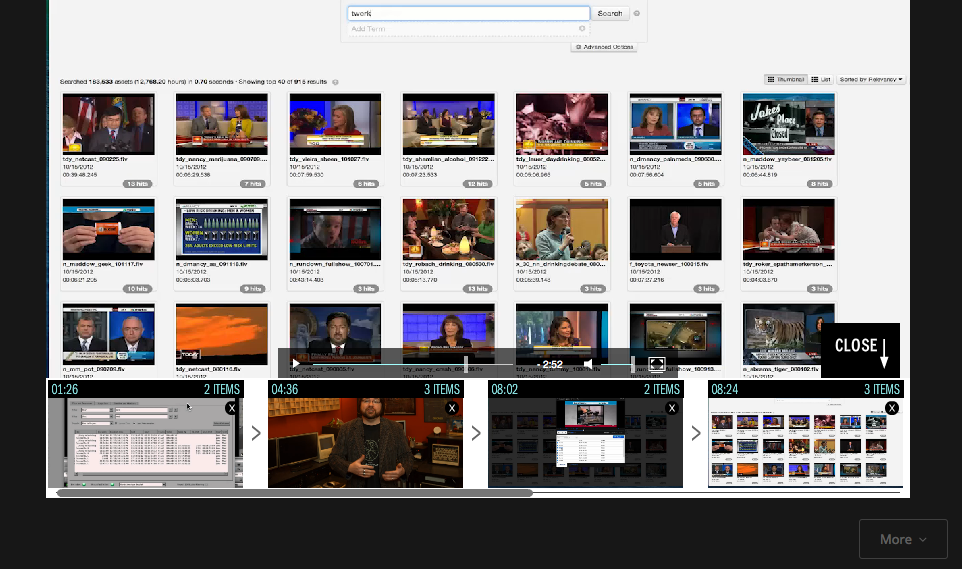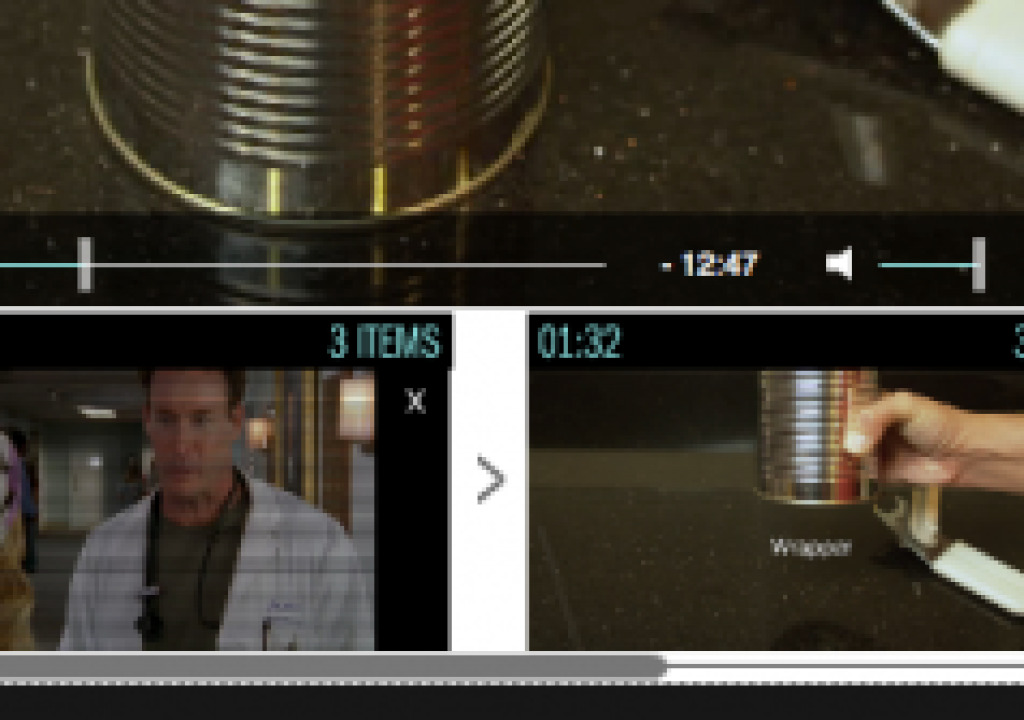
While saying that television shows and football games are just what you see between commercials might be oversimplifying how the broadcast model works, it doesn’t change the fact that it’s more or less accurate. Advertisers want and need an opportunity to get their message in front of people, and broadcasters leverage this fact by displaying those messages to their captive audiences. It’s a model that’s extended to the online world where video pre-rolls and pop-ups over videos provide a similar opportunity to get a sponsored message in front of people who are then forced to engage with those messages, even if it’s just to click off of them.
Annoying as they might be, those commercials and banners were created and continue to be used for one simple reason: they work. Even so, the entire methodology is built around forcing people to watch or engage with a message and/or info in the hope that it will resonate with enough people to make the effort worthwhile. It’s a model that Revelens CEO and founder Lucas Wilson found to be both infuriating and outdated.
“I believe that the fundamental nature of online video interaction is broken,” said Wilson. “It’s essentially, ‘Let’s put something on screen fast enough so hopefully you will notice it and remember it before you find the button to make it go away.’ Or, it’s a forced placement – like a pre-roll or homepage takeover that the viewer has no choice on. I think that’s a terrible way to communicate a message. In building Revelens, we have flipped that paradigm. By giving the viewer control over interaction, the follow-on engagement will always be higher. If a viewer says, ‘I am interested in this, show me more information,’ then of course the follow through and completion percentages on that action will be greater.”
It took some time for me to get my head around the concept, because it’s so contrary to the way I’ve sub-consciously trained myself to operate online. When I go to watch a YouTube video and see that “Skip this Ad” button I can’t click it fast enough. When I’m forced to sit through a thirty second advertisement before the video plays I mute the player and open a different browser, and then rewind the actual video to the beginning if I’m not back to it fast enough. I do these things without thinking about it, because I don’t want or need to sit through a commercial for a car I’m never going to buy or discover I can pay a company $8 a month to put together a lousy website for me.
Revelens turns that model and concept on its head, as their quick video demonstrates. Instead of forcing the viewer to watch these messages, it lets that viewer control when they see any materials that aren’t part of the video itself. And instead of seeing info that is probably irrelevant, that additional info is tied directly to what’s in the video itself, which has been added by the video creators.
 This is accomplished through video bookmarking, which is exactly what it sounds like. The system gives the viewer the ability to tap or click the video window when they hear or see something of interest which creates a “bookmark” that notes the position within the video. The bookmark is added to an accessible list without interrupting the video playback. At any time, you can go through this list (or shelf), which will contain all of that additional information and links.
This is accomplished through video bookmarking, which is exactly what it sounds like. The system gives the viewer the ability to tap or click the video window when they hear or see something of interest which creates a “bookmark” that notes the position within the video. The bookmark is added to an accessible list without interrupting the video playback. At any time, you can go through this list (or shelf), which will contain all of that additional information and links.
What sort of info is in these links? Well, that’s where the advertisement part comes back into this, as that info can be links to purchase something in or concerning or related to the content you’re watching. It’s not just about advertising though, as you also have the ability to easily socialize something from the video and find info that might have only been hinted at or touched upon.
“Think of an online education course,” said Wilson when asked about the other information that can be presented as a video bookmark. “When viewing, a student can add a bookmark and the links attached to that bookmark will be a deeper and richer set of information about that specific contextual point. Or a music video. With Revelens, a band can communicate concert dates, merchandising information, social links, other music and interest links, etc. It’s all about pulling people further into the world of the video. If that’s to buy something, okay. But there is so much more that can be communicated.”
Making this information part of the actual video is part of the program as well, because once a Revelens video is embedded elsewhere, the links travel with the video. So that message is retained no matter where the video appears. Whether it’s embedded on a corporate site or personal page, the bookmarking links and abilities remain the same.
The bookmarks themselves are displayed on this shelf that resides at the bottom of the video for the user. It actually took me a couple tries to see how it worked, as I figured the “Open” display at the bottom of the video was a pop-up banner that I wouldn’t want to see. And that brings up a valid issue with the interface because the system won’t need to just change perceptions…it will need to change behavior.

“There is always a viewer education process, and as we move forward, we find our customers are coming up with good ways of educating their viewers,” said Wilson, explaining the challenges around getting viewers to understand how Revelens can work. “Most important, we can see by engagement metrics that these methods are working. Viewers are adding bookmarks, revealing the links they contain, and clicking through at rates that are far beyond any other video engagement method we have seen in the industry.”
The opportunity to create and promote non-intrusive ads is a welcome thought for anyone who’s sick of sitting though those video-pre rolls, but it’s even more powerful for advertisers themselves. The system keeps track of info so that you could know if out of 10,000 people that have watched something, more than 30% have clicked in this time range. That’s valuable information for creators, as it can allow them to leverage that information to drive deeper interaction and engagement.
The applications of this technique are limitless, but when you dig into specifics you can really understand the possibilities when it comes to monetization. Take The Influence as an example. The online shopping platform is built around putting purchasing power with the viewer, and Revelens literally allows them to do so. Their videos showcase a number of items available for purchase, and a viewer can click on any of them at any time to bring up purchase details.
The pictures below are a good example of the bookmarks before and after they’ve been revealed on the shelf, and also shows off the kind of customization that’s available. The button to reveal the shelf says “shop this” vs. “open” for videos on The Influence to help reinforce the ability users have to make a purchase.

There’s no arguing with the fact that viewer-led interaction drives higher engagement, but right now so many viewers are quick to click off anything that looks to take away from the experience of the video itself, because we’re so used to that being an irrelevant advertisement. But what if viewer expectations change, and we know that whatever is there would be relevant?
“As more and more online viewing options arise, viewers have more and more choices,” said Wilson. “They will naturally gravitate to what brings them the greatest relevance and interest and the least irritation and intrusion. Revelens deepens the bond between the creator and the viewer, and does it in a way that is a win for everybody involved. Whether it is to sell product, socialize moments, or present a deeper and richer set of information, the Revelens platform will be at the core of the next generation of engaged viewer experiences.”
 In many ways, the Internet has already started to reveal how outdated the broadcast model is, because instead of having to rely on advertisers finding us to sell their products, we can now use search engines to find them. Advertisers don’t have to worry as much about reaching a viewer as they do about providing info that is going to resonate and be relevant. That means advertisers and content creators need to rethink what sort of message they want to deliver to an audience.
In many ways, the Internet has already started to reveal how outdated the broadcast model is, because instead of having to rely on advertisers finding us to sell their products, we can now use search engines to find them. Advertisers don’t have to worry as much about reaching a viewer as they do about providing info that is going to resonate and be relevant. That means advertisers and content creators need to rethink what sort of message they want to deliver to an audience.
We live in a bottom line world so monetization will always be a priority, but it’s also important to note that Revelens really does go beyond creating a better way to advertise. Almost all of the images from this article have been pulled from Michael Kammes’ 5 THINGS Series, which is an independent web series dealing with technologies and workflows in the media creation space, and Michael has little to no interest in selling anyone anything. He wants to turn his series into an essential resource for the industry, and obviously believes video bookmarking will help him to convey critical information which will allow him to do that.
The folks at Revelens are looking to change the manner in which audiences interface with online videos while also giving content creators a much more powerful way to highlight relevant info. They were very open with me about the difficulties they’ve encountered and the goals they’re looking to accomplish, and are just as open with anyone who wants to get in touch. Their efforts are about more than the evolution of the old broadcast model though. Ultimately, this system challenges our perceptions and behavior when it comes to how we view, create and engage with online content and works to make that experience one that will be more valuable to advertisers and to audiences.
Really though, anything that will stop us from having to sit through a fifteen second commercial for a soon-to-be cancelled network TV show is the definition of progress.

Filmtools
Filmmakers go-to destination for pre-production, production & post production equipment!
Shop Now












